NBA Explained: What is Salary Cap Circumvention? The Knicks Once Tried to Use This Tactic to Steal Jordan from the Bulls
On September 4th Beijing time, according to ESPN’s Shams, NBA spokesperson Mike Bass stated that the league “is aware of media reports about the Los Angeles Clippers and has initiated an investigation.” Earlier reports accused the Clippers and their owner Ballmer of circumventing the NBA salary cap by paying Leonard $28 million for a “nominal job.” The well-known US media outlet CBS provided an educational explanation: What is salary cap circumvention? What salary cap circumvention incidents has the NBA dealt with historically? What consequences would the Clippers face if found guilty?
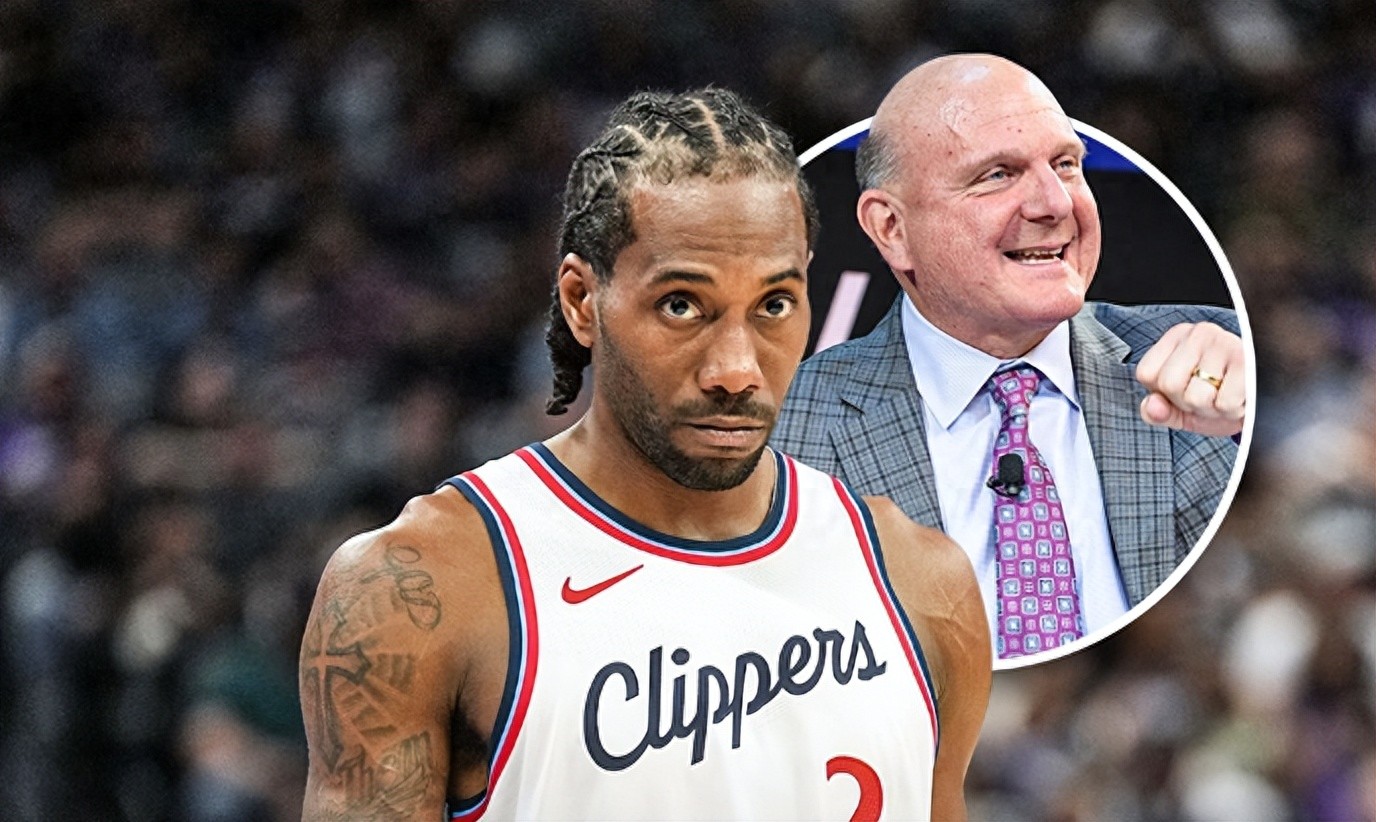
1. What is NBA Salary Cap Circumvention?
For a legal definition of salary cap circumvention, refer to pages 339 to 346 in the NBA Collective Bargaining Agreement. The relevant clause is in Chapter 13, Section 1(b), which states:
“If a team (or an entity related to the team) reaches an agreement or understanding with any sponsor, commercial partner, or third party where that sponsor, partner, or third party pays compensation to a player under contract with the team (even if that compensation is labeled as ‘non-basketball services compensation’), it constitutes a violation. The following circumstances may be presumed to indicate such an agreement: (i) the compensation paid by the sponsor, partner, or third party is significantly above the fair market value for the services provided by the player; (ii) the compensation specified in the player's contract with the team is significantly below the fair market value of that contract.”

In short, salary cap circumvention refers to teams paying players compensation beyond their contract terms or allowed salary cap limits through third parties. The most common method involves companies affiliated with the team or its owners signing “fake endorsement contracts” with players to supplement their salary covertly.
Historically, confirmed cases of salary cap circumvention in the NBA are very rare, but the rules are designed to prevent various potential violations: besides superstars trying to exceed the salary cap max, it includes scenarios like “teams signing free agents below market value with plans to use ‘Bird rights’ later for higher pay” or “paying additional compensation to players whose salaries are low and not eligible for extensions.” The core purpose of these rules is to prevent teams from gaining unfair competitive advantages through illegal payments and to maintain league competitive balance.
Leonard first joined the Clippers in the summer of 2019 and signed a three-year, $153 million extension with the team in 2024.
2. What Salary Cap Circumvention Cases Has the NBA Handled?
As mentioned above, confirmed salary cap circumvention cases are extremely rare in NBA history. Here are three cases listed by CBS—
1993: Portland Trail Blazers (Chris Dudley)
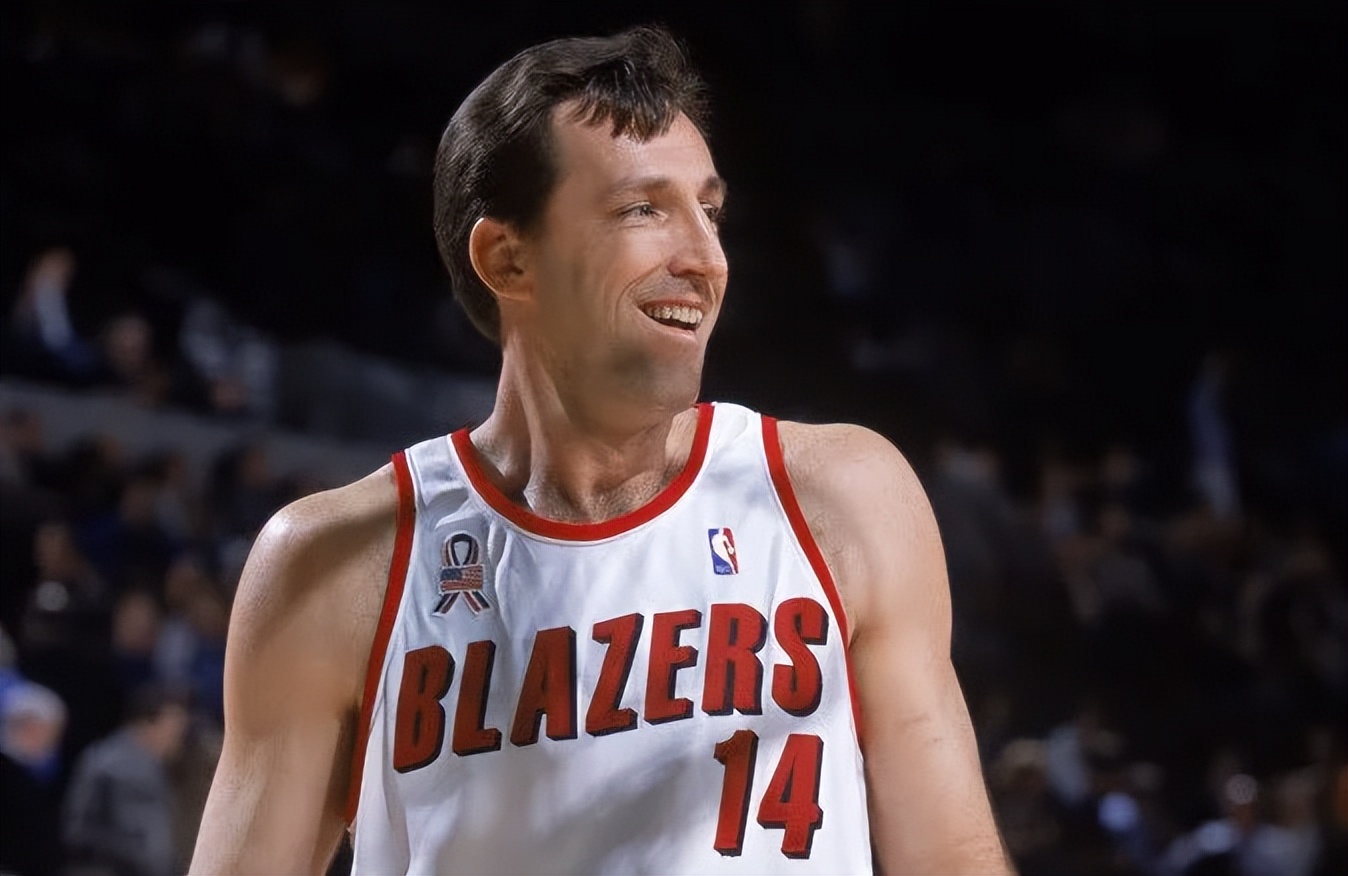
In 1993, the NBA accused the Trail Blazers of circumventing the salary cap through a special contract structure for center Chris Dudley. Dudley signed a seven-year, $11 million contract that included a clause allowing him to opt out after the first season. The key was that at the time, free agents only needed to play one year for a new team to gain full “Bird rights,” meaning if Dudley opted out and became a free agent, the Blazers could use Bird rights to offer him a higher salary beyond the cap. The contract was eventually upheld in arbitration, and Dudley did not exercise the opt-out due to injury in the first season. Afterward, the NBA tightened rules on contract structures, as similar clauses existed in deals for players like Toni Kukoc and Craig Ehlo.
1996: New York Knicks (Michael Jordan)
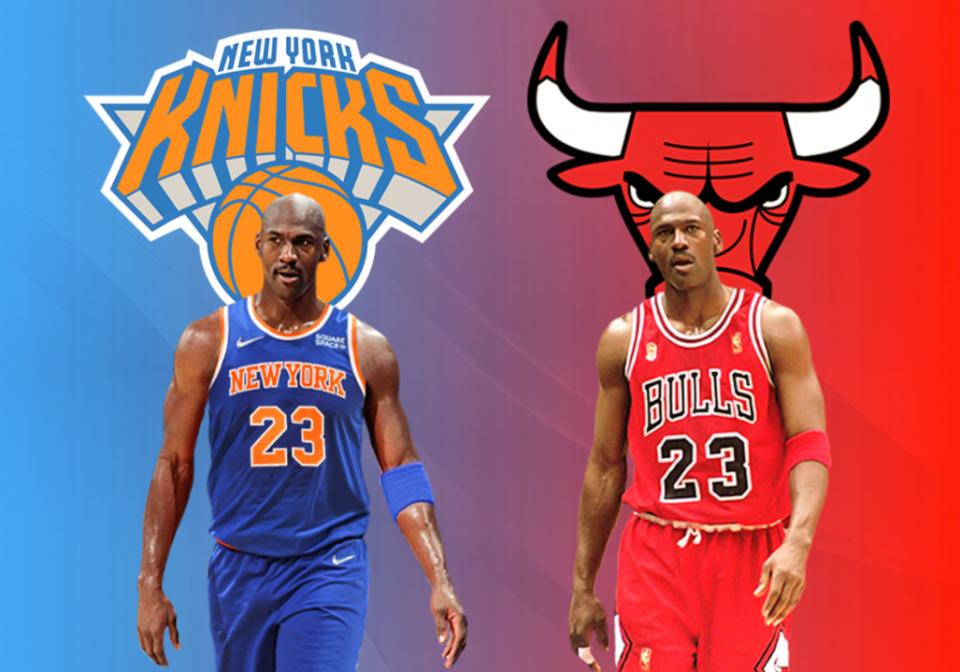
In 1996, super agent David Falk designed a circumvention plan to help the Knicks offer competitive terms to free agent Michael Jordan. The Knicks and the Sheraton Hotel were both subsidiaries of the ITT Corporation. Although the Knicks had salary space, the league had not yet established a salary cap ceiling—meaning the Bulls, who held Jordan’s Bird rights, could offer him any amount to retain him.
The plan was for Jordan to receive $15 million by endorsing the Sheraton Hotel. However, since Jordan ultimately re-signed with the Bulls, the plan was never formally submitted for league approval.
1998-2000: Minnesota Timberwolves (Joe Smith)
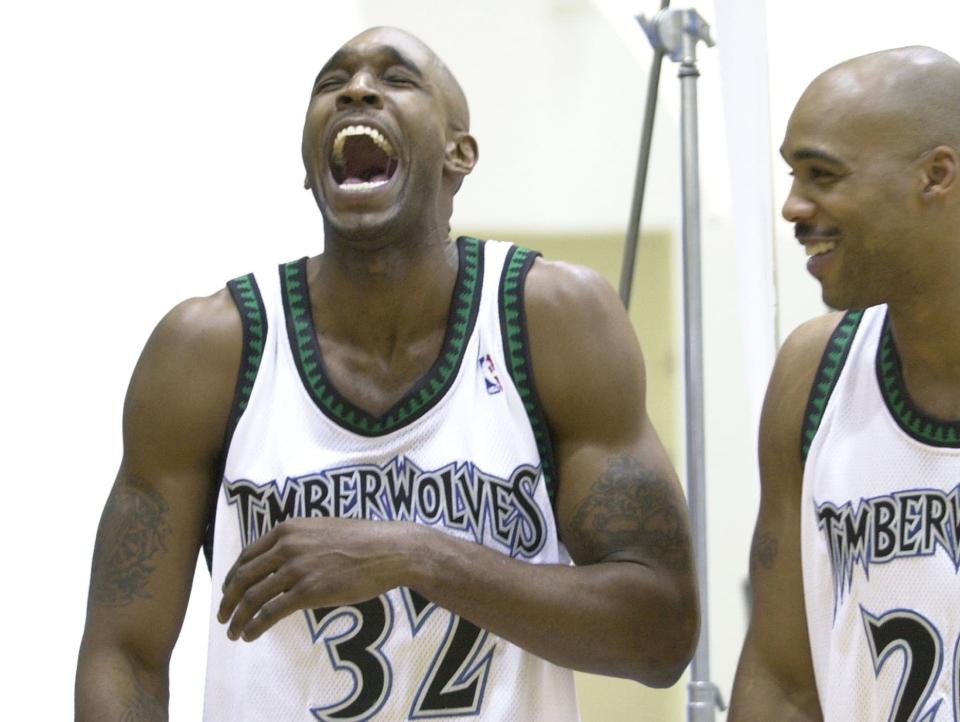
This is the most famous salary cap circumvention case in NBA history. In 1995, the Timberwolves drafted Joe Smith with the first overall pick, but he did not develop into the expected star. In 1998, as a top free agent, Smith surprisingly signed a low-priced one-year deal with the Timberwolves.
Two years later, after Smith’s agent left his agency, a chaotic lawsuit revealed the truth: Smith had secretly signed three consecutive one-year contracts with the Timberwolves—the third contract’s expiration would give the Timberwolves full Bird rights to offer him a long-term deal worth up to $86 million.
Then-NBA commissioner David Stern imposed historic penalties: the Timberwolves were fined $3.5 million; all of Smith’s contracts were voided and his Bird rights revoked; owner Glen Taylor was banned from team operations for one year; and most severely, the Timberwolves lost five future first-round draft picks. Although Stern later returned the 2003 and 2005 picks, the team effectively lost three first-round selections.
3. What Consequences Would the Clippers Face if Found Guilty?
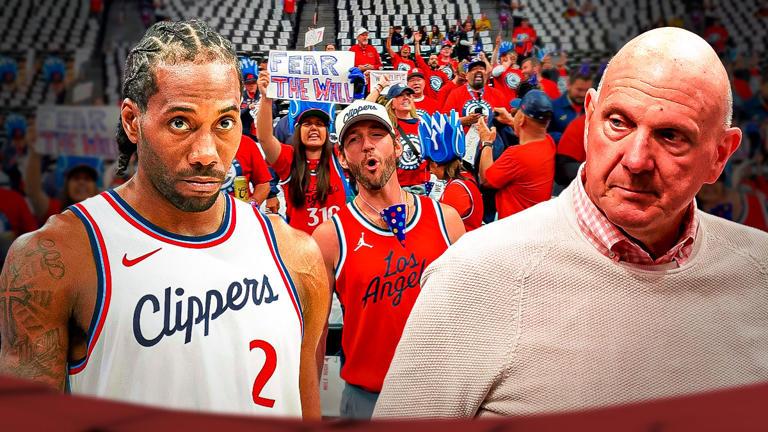
Specific penalties depend on the nature of the violation. NBA Collective Bargaining Agreement Chapter 13, Section 1 outlines “general prohibitions” on salary cap circumvention, Section 2 covers “unauthorized agreements,” and Section 3 lists potential penalties for each category:
Penalties for “general prohibitions” (Section 1 violations), at the commissioner’s discretion:
First offense: up to $4.5 million fine;
Second and subsequent offenses: up to $5.5 million fine;
Loss of one first-round draft pick;
Declaration of void contracts or trades related to the violation.
Penalties for “unauthorized agreements” (Section 2 violations), potentially more severe:
Up to $7.5 million fine;
Suspension of involved team personnel for up to one year;
Declaration of void contracts or trades related to the violation;
Loss of draft picks (type and number unspecified).
The last point is especially critical: since the rules do not specify the type or number of draft picks to be forfeited, the commissioner has greater discretion in handling “unauthorized agreements.” Therefore, if the Clippers are confirmed to have circumvented the salary cap, the final penalties will depend on the specific nature of the violation determined by the investigation.


Wonderfulshortvideo
LaMelo knows how to put on a show 🍿


Passing down knowledge 📖 💪


Replying to @NBA And that wraps up the top 100 plays of the season 👏👏👏


Congrats on retirement @Jeremy Lin ❤️🏀


Carmelo was a certified bucket 🪣


User basketball has posted a video.





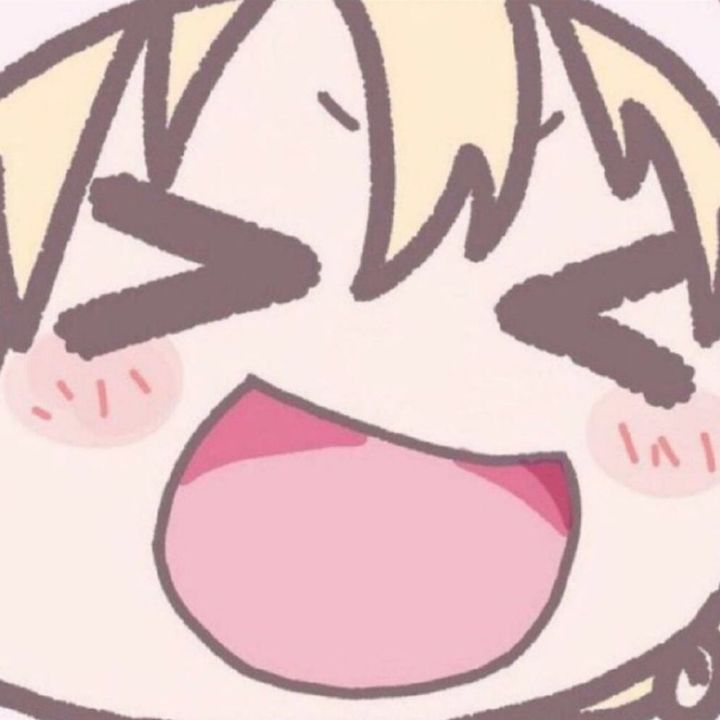


 Links
Links
 Contact
Contact
 App
App


